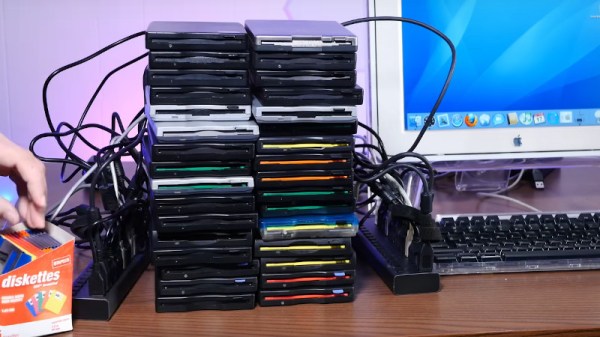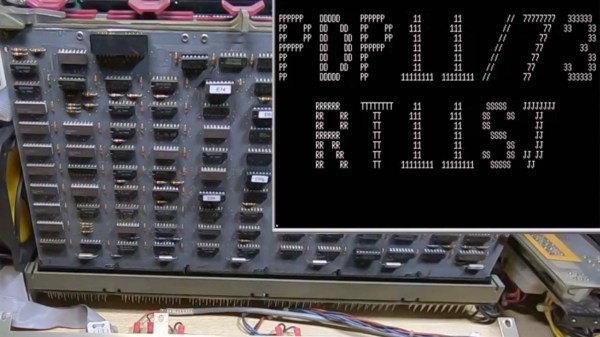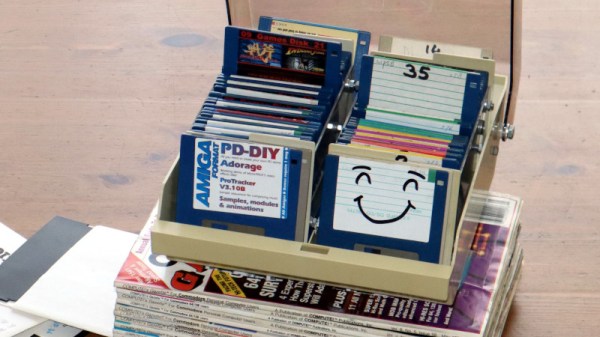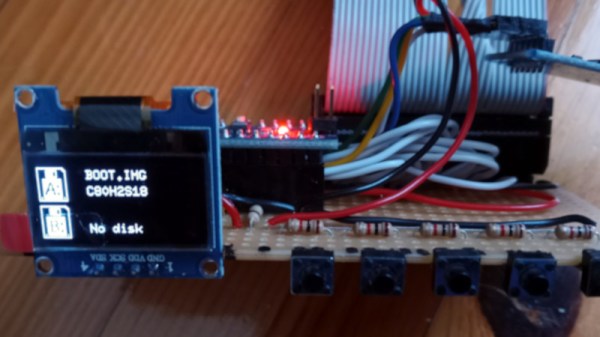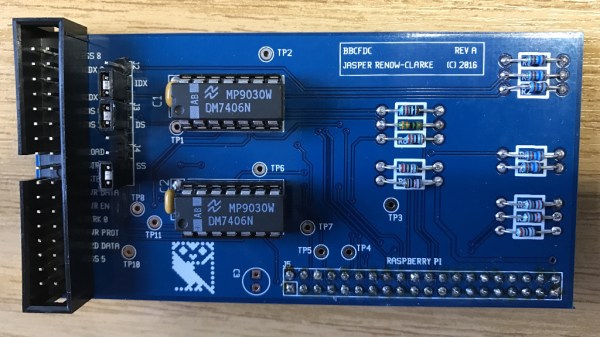There are some tings that should be possible, so just have to be tried. [Action Retro] has a great video showing just such an escapade, the creation of a large RAID 0 array using a pile of USB floppy drives. Yes, taking one of the smallest and most unreliable pieces of data storage media and combining a load of them together such that all the data is lost if just one of them fails.
Surprisingly the process of creation is quicker and simplier than we expected, with a slightly long-in-the-tooth version of Mac OS X making short work of the process. Starting with 30 USB floppies and a pair of large USB hubs, he whittled the pile down to 13 drives that would play nicely and RAID together. The sight of so many drives all lighting up together as the precious megabytes are filled with data is probably not one seen outside the realm of floppy duplication machines, which brings back bad memories for those of us in the consumer software business in years past.
Would you do this? Probably, but should you do it? Of course not, but then again he’s done it so the rest of us don’t have to. Here in 2022 maybe there are better uses for a brace of floppy drives. Continue reading “It’s RAID. With Floppy Drives.”

